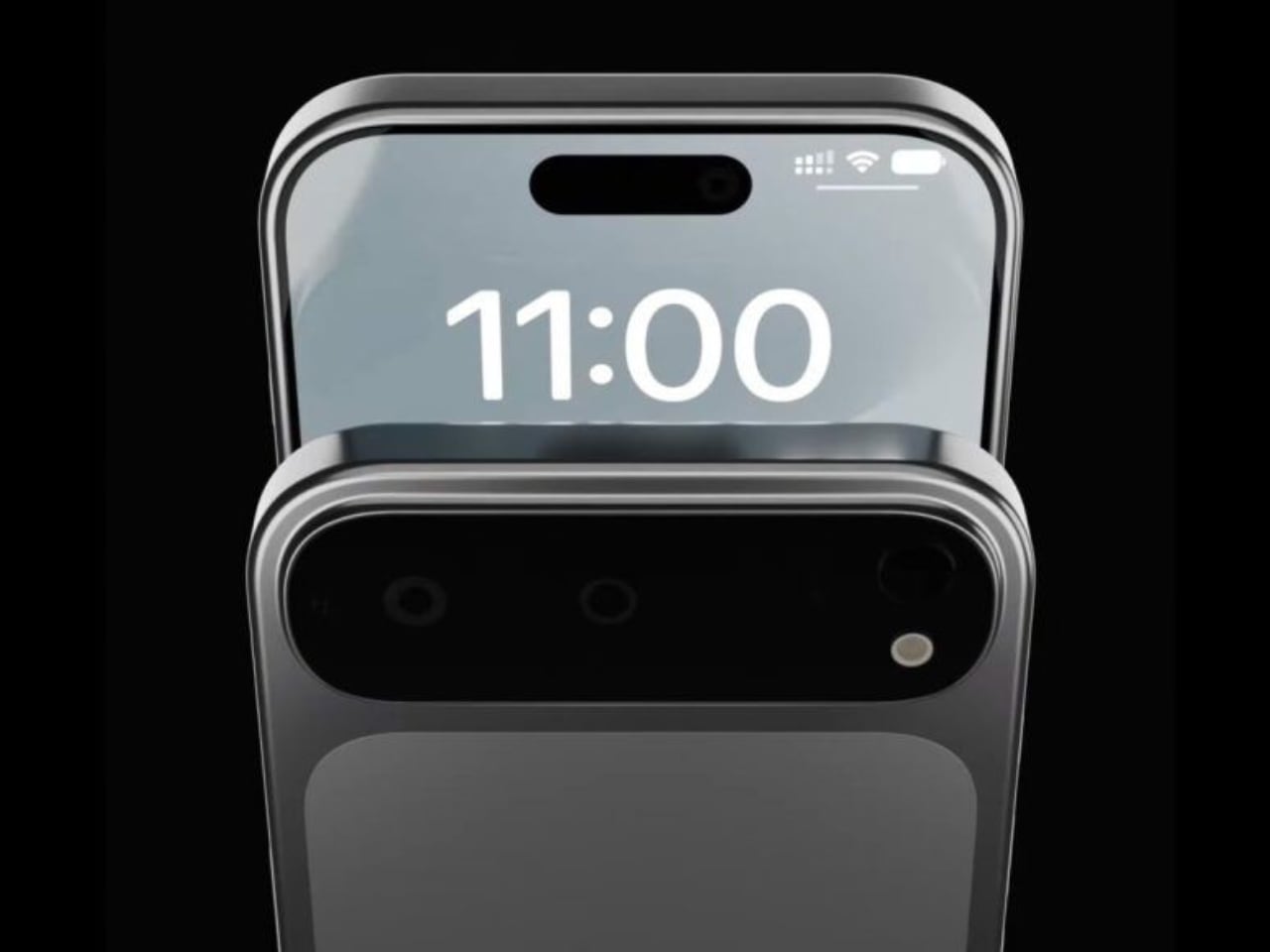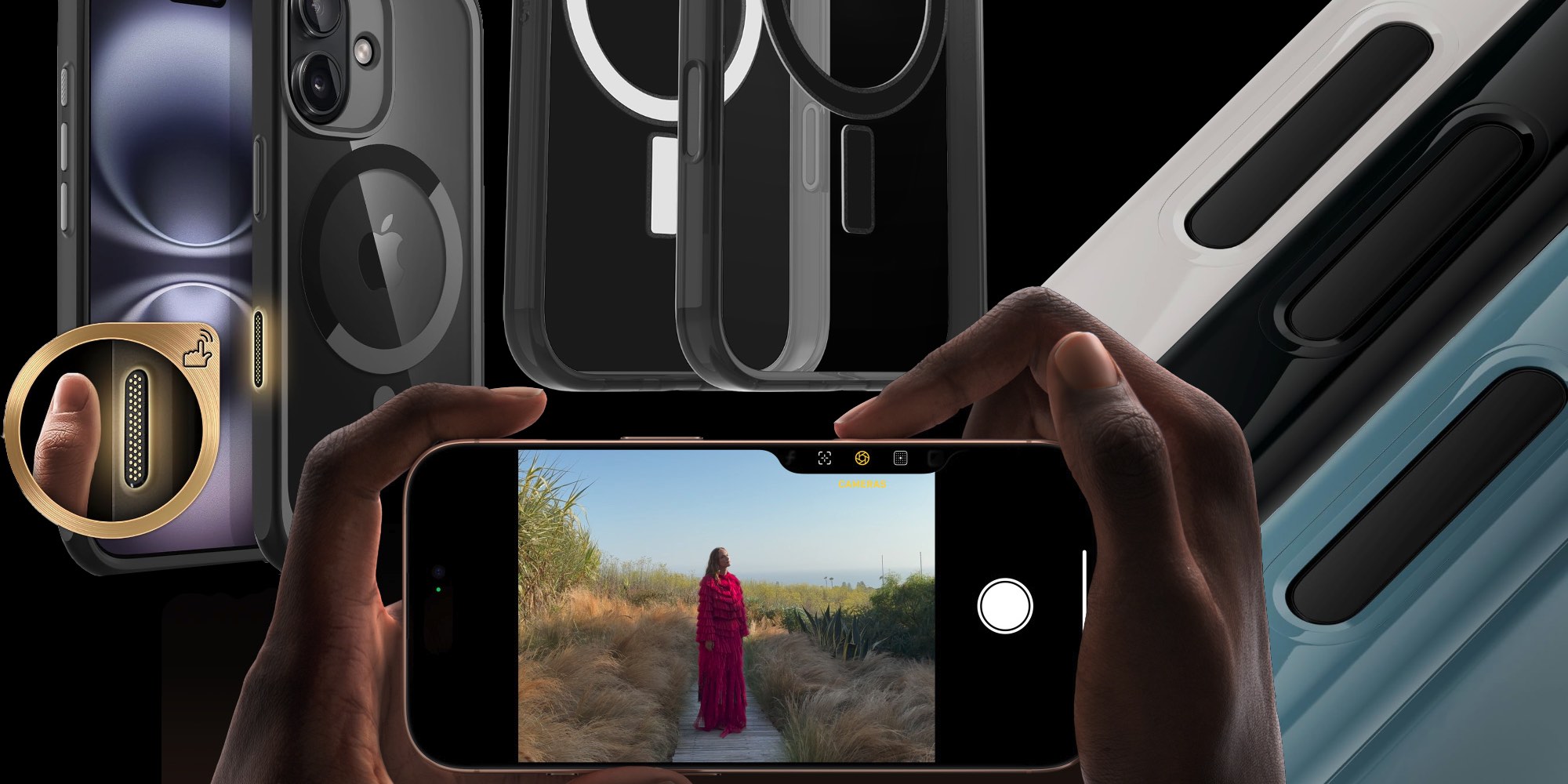Apple appears to be preparing a structural evolution for the upcoming iPhone 17 Pro, and recent leaks suggest a device that may deviate significantly from the well-established design principles of its predecessors. The leaked frame, if authentic, reveals changes to the camera layout and internal component arrangements, moving beyond Apple’s traditional incremental tweaks. Instead of holding fast to a familiar cluster of lenses, the iPhone 17 Pro might reorganize its rear camera system into a new horizontal orientation. This shift could signal a balance between aesthetic innovation, functional enhancement, and internal engineering breakthroughs.
Here's ads banner inside a post

A Departure from Tradition
Apple’s design language has long been characterized by subtle refinements rather than radical departures. However, the iPhone 17 Pro’s purported horizontal camera array—a stark contrast to the vertical or diagonal lens layouts of recent years—indicates that the company is exploring more dramatic changes. Such a reconfiguration would likely serve more than just cosmetic purposes. Apple’s design philosophy emphasizes a harmony between form and function, suggesting that any redesign must bring tangible benefits.

Here's ads banner inside a post
Leaked images hint at a larger, rectangular aperture on the device’s back panel, potentially accommodating larger sensors, advanced optics, and perhaps even a periscope zoom mechanism. These changes reflect a push toward improving image quality while maintaining the slender profile that Apple devices are known for. By moving lens modules into a horizontal arrangement, Apple might also optimize internal space for other critical components, such as redesigned battery placements, more efficient thermal pathways, or enhanced logic board configurations.
Camera and Internal Innovations
The camera system in a modern smartphone extends far beyond its visible lenses. It encompasses image sensors, stabilizers, processors, and intricate wiring. Reorganizing these components could have cascading benefits. A horizontal layout might free up internal space, enabling larger battery cells, improved antenna designs, or more robust heat management. These gains could translate into better battery life, enhanced wireless performance, and advanced imaging features—all without inflating the device’s physical footprint.

Here's ads banner inside a post
For instance, integrating a periscope zoom mechanism, a feature seen in competitors’ flagship devices, would demand additional internal real estate. Apple’s engineers would need to carefully balance the trade-offs between optical performance, structural integrity, and thermal efficiency. The horizontal arrangement might streamline signal pathways and heat dissipation, ensuring that the device’s powerful processors can perform intensive tasks like gaming or video editing without overheating.
Lessons from the iPhone 16
Apple’s approach to design has always been iterative, with each generation laying the groundwork for future innovations. The iPhone 16 lineup, for example, introduced a dedicated camera control button beneath the power button. To accommodate this new feature, Apple’s engineers removed one of the mmWave antennas, repositioning the remaining ones to preserve 5G performance. This kind of thoughtful rearrangement underscores Apple’s commitment to functionality over superficial novelty.

The new camera control button exemplifies how Apple integrates hardware and software for seamless user experiences. It provides photographers and videographers with immediate access to the camera’s features, leveraging advanced image processing and AI capabilities through a long press. Such seemingly minor additions often require extensive internal adjustments, demonstrating Apple’s ability to reimagine device architecture in service of usability.

Strategic Long-Term Planning
Apple’s design process involves meticulous long-term planning. By the time a new iPhone reaches consumers, its architecture and component allocations have been refined over years of development. The company anticipates emerging technologies, such as next-generation image processors, larger camera sensors, and advanced wireless standards, long before these components enter production. Designing a casing that accommodates these innovations ensures a seamless integration of future capabilities without resorting to complete overhauls.
The iPhone 17 Pro’s rumored horizontal camera layout aligns with this strategy. While some may draw comparisons to competitors like Google’s Pixel line, which uses a horizontal camera bar for branding purposes, Apple’s motivations seem rooted in engineering necessity. The shift is likely a response to the demands of new hardware rather than an attempt to establish a distinct visual trademark. Larger sensors, periscope zoom capabilities, and integrated AR technologies could all fit more comfortably within this reimagined structure, preserving the device’s ergonomic balance and sleek profile.
![]()
Enhancing Everyday Use
Beyond technical considerations, the redesigned camera layout could enhance the day-to-day user experience. Improved positioning might offer better handling for photographers, ensuring more stable shots in various orientations. A more balanced internal structure could also support innovations in battery longevity and thermal management, crucial for users who rely on their devices for gaming, productivity, or creative work.

Apple’s design changes often prioritize subtle improvements over bold stylistic statements. These refinements manifest in smoother interactions, consistent performance, and intuitive ergonomics. If the leaks are accurate, the iPhone 17 Pro’s horizontal camera array would exemplify this philosophy, delivering practical benefits without sacrificing the device’s signature elegance.
Preparing for the Future
The leaked frame offers a glimpse into Apple’s forward-thinking approach. Integrating advanced camera systems, improved wireless technologies, and cutting-edge hardware configurations requires a holistic understanding of how each component interacts with the rest. The final product, even with a new camera alignment, will likely retain the craftsmanship and design coherence that define Apple devices.

Any structural changes will be driven by technical demands rather than marketing trends. Apple’s engineers prioritize functionality, ensuring that each adjustment contributes to a better user experience. By rethinking the internal layout, Apple can embrace emerging technologies like augmented reality, machine learning, and high-speed wireless connectivity without compromising on form or usability.
A Natural Evolution
If the iPhone 17 Pro indeed adopts a new structural logic, it will represent a natural evolution of Apple’s industrial design and engineering principles. Intelligent space allocation could unlock significant performance gains, from enhanced cameras to improved thermal efficiency. These improvements would ensure that the device remains reliable during intensive tasks, all while maintaining the sleek, familiar silhouette that users have come to expect.
Apple’s philosophy of incremental innovation, layered over time, continues to guide its product development. Each change, no matter how subtle, serves a practical purpose, reinforcing the device’s reputation for quality and usability. The iPhone 17 Pro may feel different in your hand, but it will remain unmistakably Apple, a testament to the company’s commitment to thoughtful design and cutting-edge technology.

